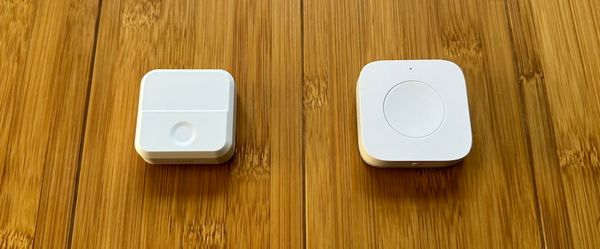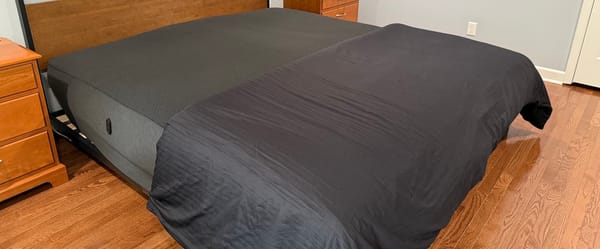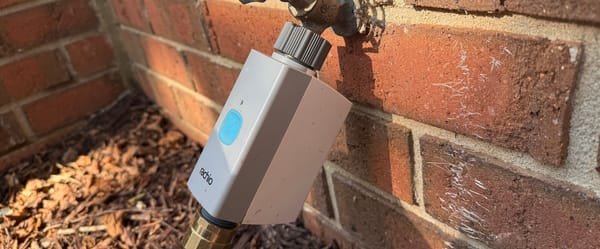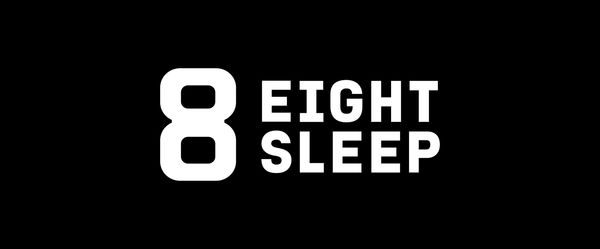Eero Max 7 vs. Eero 6+: Is the Max 7 Overkill for Gigabit Internet?
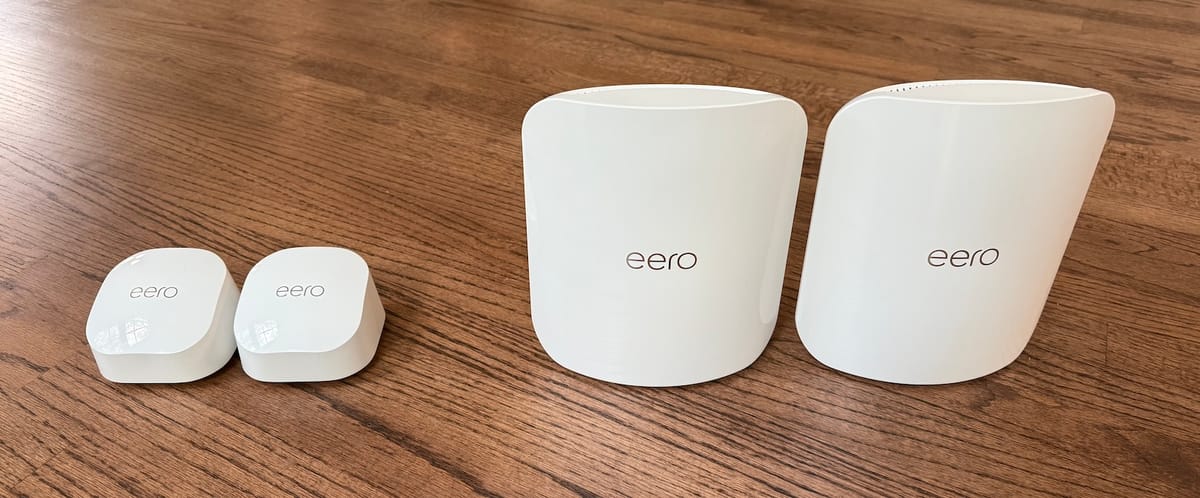
I recently bought a new house and decided to upgrade my WiFi to the best Eero system available: the Eero Max 7. This was the perfect opportunity to start fresh and optimize the position of my nodes throughout the house, which is always a fun time for a nerd like me.
After three months of testing, my conclusion is clear: the Eero Max 7 is a beast. It’s easily the strongest-performing router I’ve ever tested. The stability is top-notch, with no interruptions whatsoever. The Max 7 even fixed many of the issues I had with the confusing Eero Pro 6E.
However, despite all its strengths, I’ve decided to sell my Eero Max 7 and go back to using my Eero 6+. Why? Because the Max 7 is overkill for my home’s layout, and the fastest available internet plan in my town is 1 gigabit per second. The Eero 6+ handles everything I need at just 20% of the cost.
Now, you might be thinking I’m an idiot for buying the Eero Max 7 with single gigabit speeds, and that's fair. But many others might find themselves in the same position or worse because 68% of homes in the U.S. don’t have gigabit speeds yet, never mind faster than that. So this review is for those people who are wondering if the Max 7 is worth it on a gigabit plan.
Testing Environment and Setup
For this test, my home and attached garage are about 2,600 square feet combined. I wanted complete coverage, including a bit of the backyard. After playing with a few different configurations, I settled on two spots for my nodes that provided the best coverage.
I used the Eero Max 7 first and ran it for three months. It worked perfectly, with no complaints at all. At my 12 different designated locations throughout my home, I averaged 600Mbps on my M2 MacBook Air.
Given that my ISP plan maxes out at 1,000Mbps, I’m happy with these real life results. Additionally, when I was in the same room (or up to 25 feet away) as the gateway router, speeds averaged around 900Mbps, which is fantastic.
To get a clearer picture of the network’s performance without any ISP speed constraints, I set up an iPerf3 server. I tested throughput speeds at the same 12 locations using my iPhone 15 Pro, which supports WiFi 6E, and my iPhone 16 Pro, which supports WiFi 7. Interestingly, both phones delivered the same results.
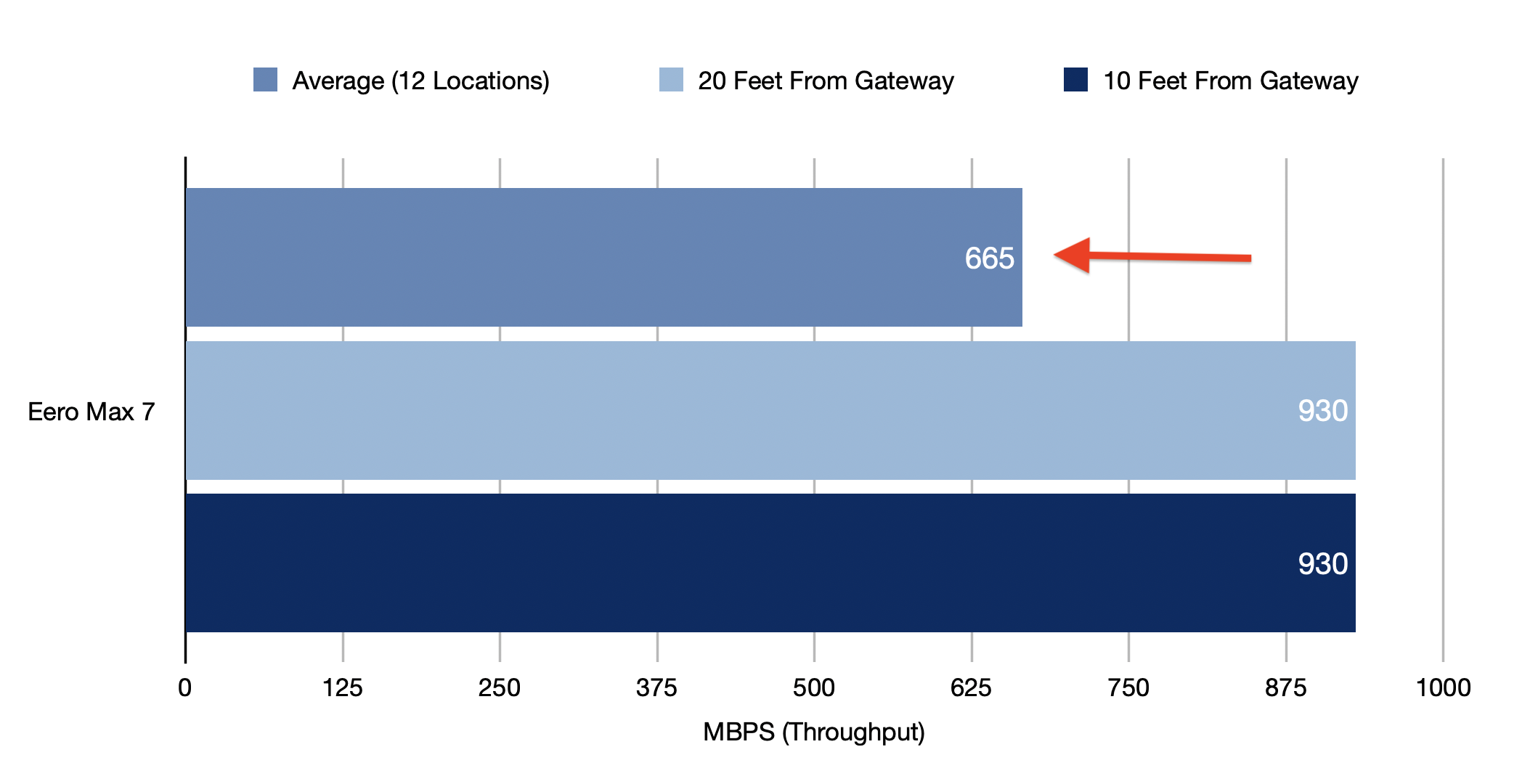
On average, I got 660Mbps for throughput, which was surprising since I expected better results from the 6GHz band on my iPhone 16 Pro. Theoretically, it should’ve reached 1.2-1.8Gbps, but I maxed out at 900Mbps. The 6 GHz band has a much shorter range than the 5GHz band, but I stayed connected as long as I was within 25 feet of the gateway. While throughput numbers were lower than expected, I consistently hit 900Mbps at any distance up to 25 feet. So while the theoretical speeds sound impressive, real-life performance is limited by device compatibility and range.
Overall, the Eero Max 7’s throughput and speed are a big step up from what I experienced with the Eero Pro 6E, especially in a home with lots of 5GHz devices. This is largely thanks to the Max 7’s 4x4 radio on the 5GHz band, compared to the 2x2 radio in the Pro 6E.
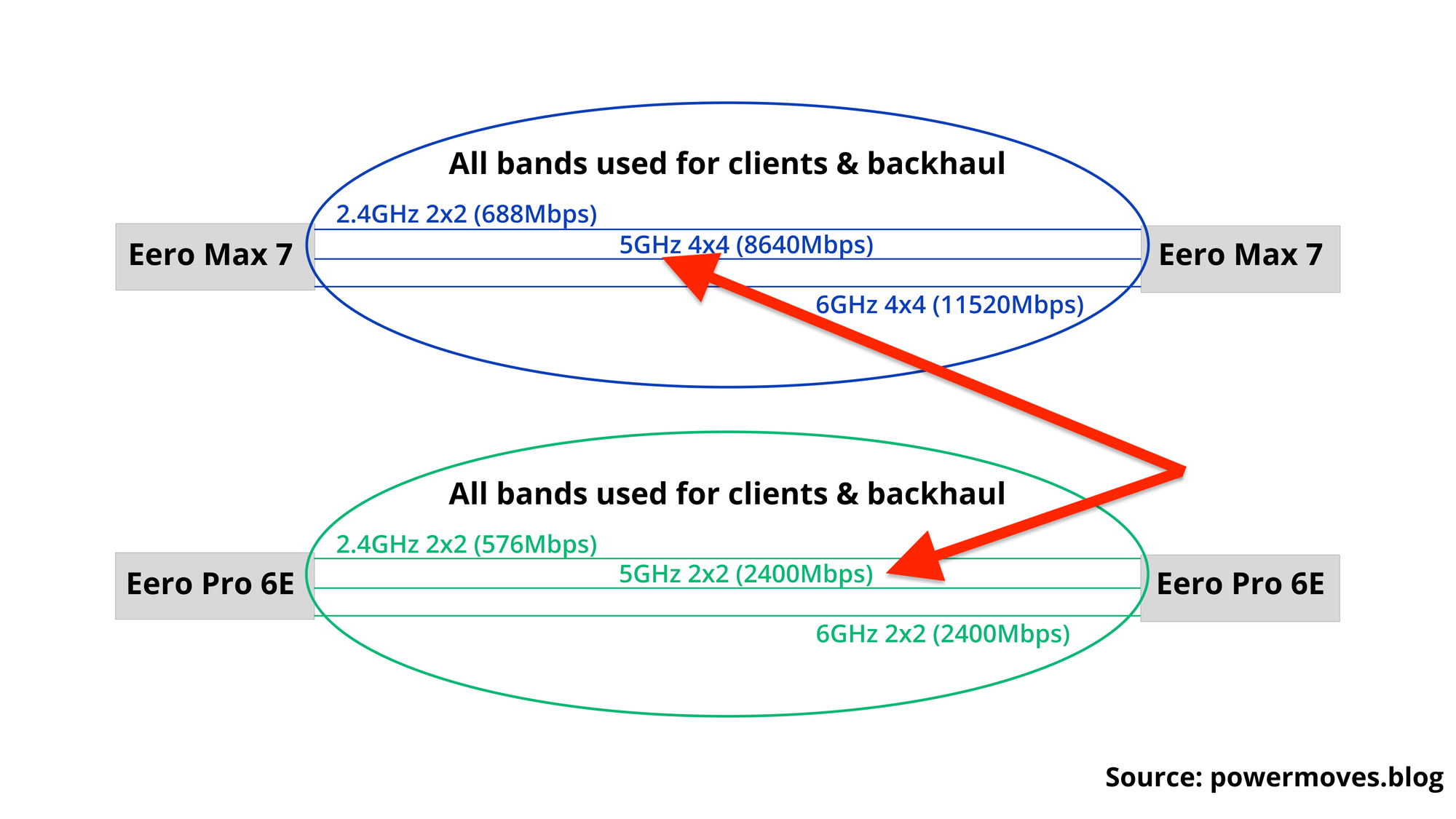
Eero Max 7 vs. Eero 6+ Performance Comparison
After finishing with the Eero Max 7, I switched back to the Eero 6+ for a fresh month in my new home with the same node configuration. The Eero 6+ performed smoothly, just like it did in my old home. In the same 12 testing locations, I averaged 432Mbps with my MacBook, and could still get around 850Mbps when in the same room as the gateway router. With the same iPerf3 server, I averaged 468Mbps.
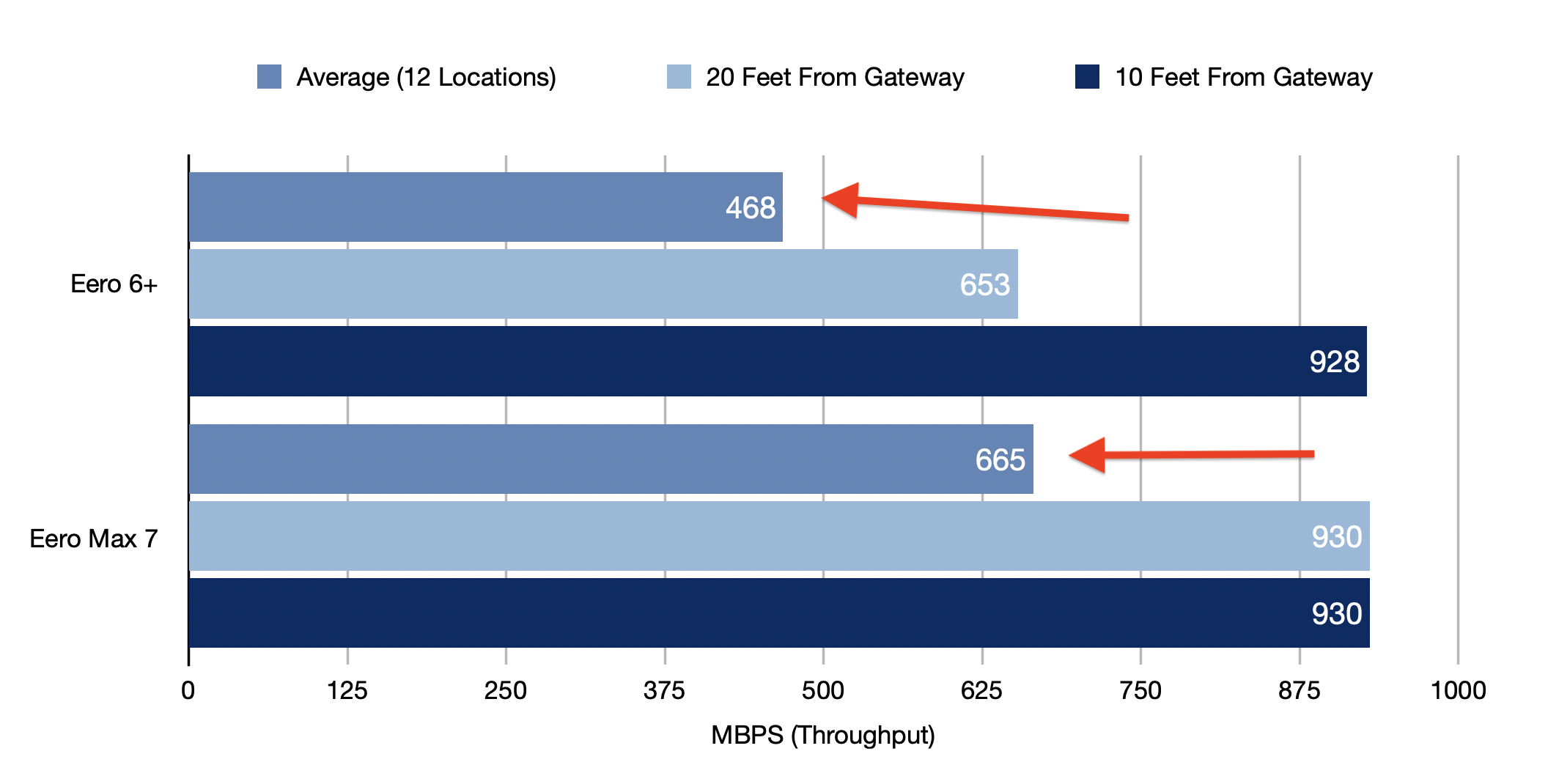
All of this testing shows that in my home, with a gigabit plan, the Eero Max 7 performed about 50% better than the Eero 6+ on average. However, going from 400Mbps to 600Mbps won’t drastically change your experience, while a 50% jump from 20Mbps to 30Mbps is more impactful. Essentially, you hit diminishing returns pretty quickly.
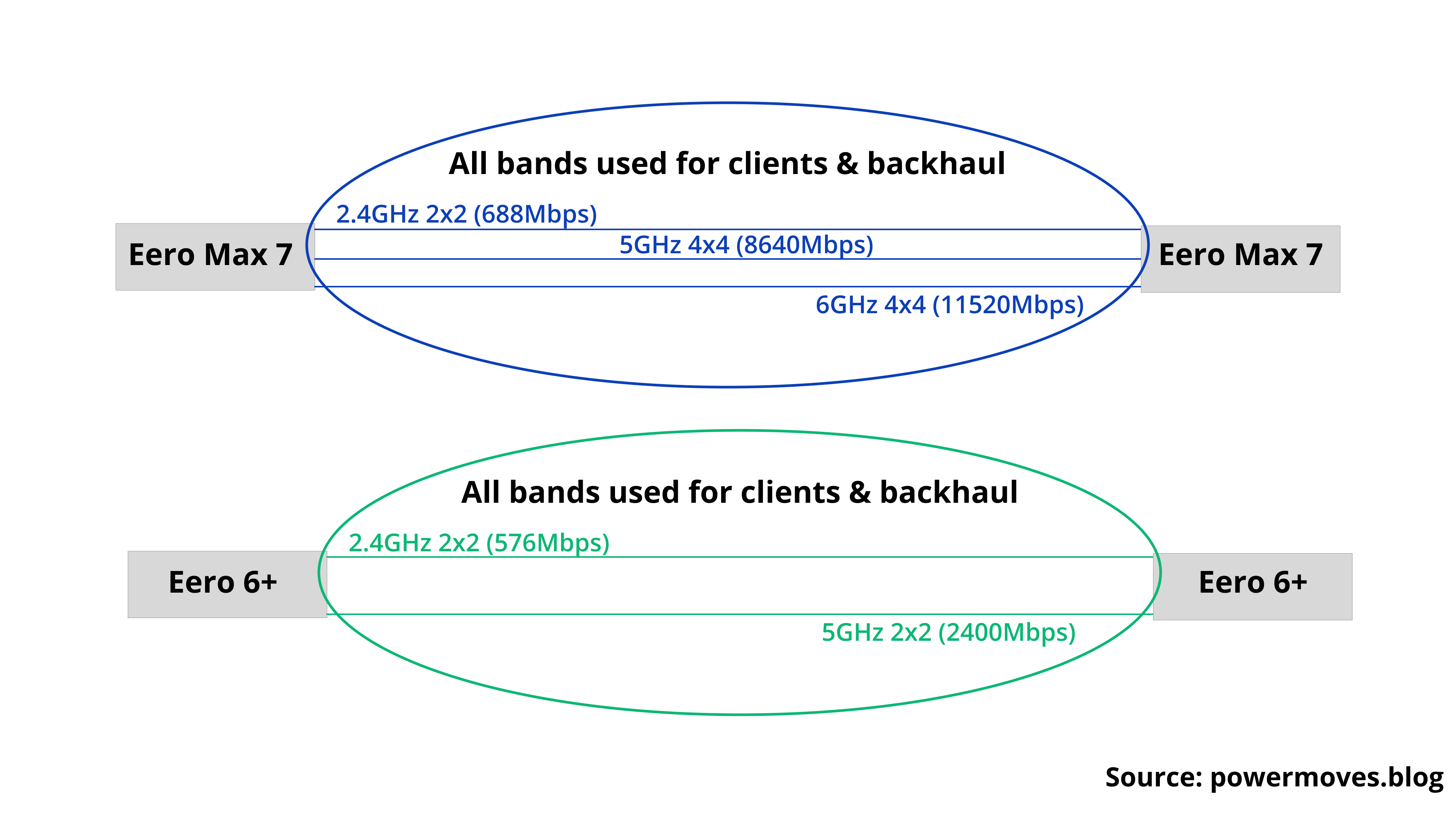
The most noticeable difference, in real life usage, between the two systems was the extended range of the Max 7. The Max 7 pumps signals deeper into my backyard (probably 40 feet more) than my Eero 6+. But if backyard coverage becomes important to me, I have the perfect spot for an additional Eero 6+ node, which would slightly degrade the overall performance of the whole network, but make my network coverage more comparable to the two Max 7 nodes.
Design and Usability
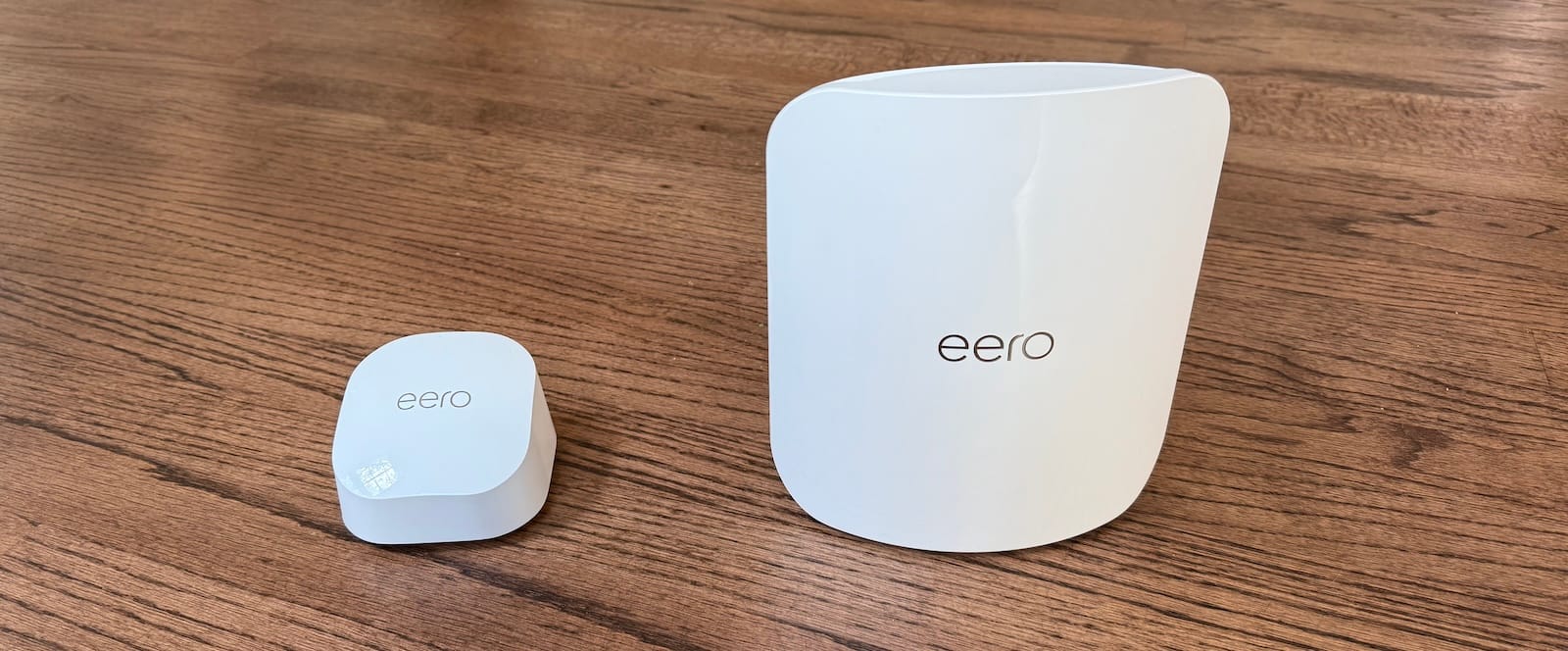
With great speed comes some compromises. I've always mocked Orbi nodes for being gigantic and hard to hide. I loved Eero originally because they were sleek, white, antenna-less, and didn’t look like a traditional router. But it turns out that to get better performance and thermals, you need to make the nodes bigger.
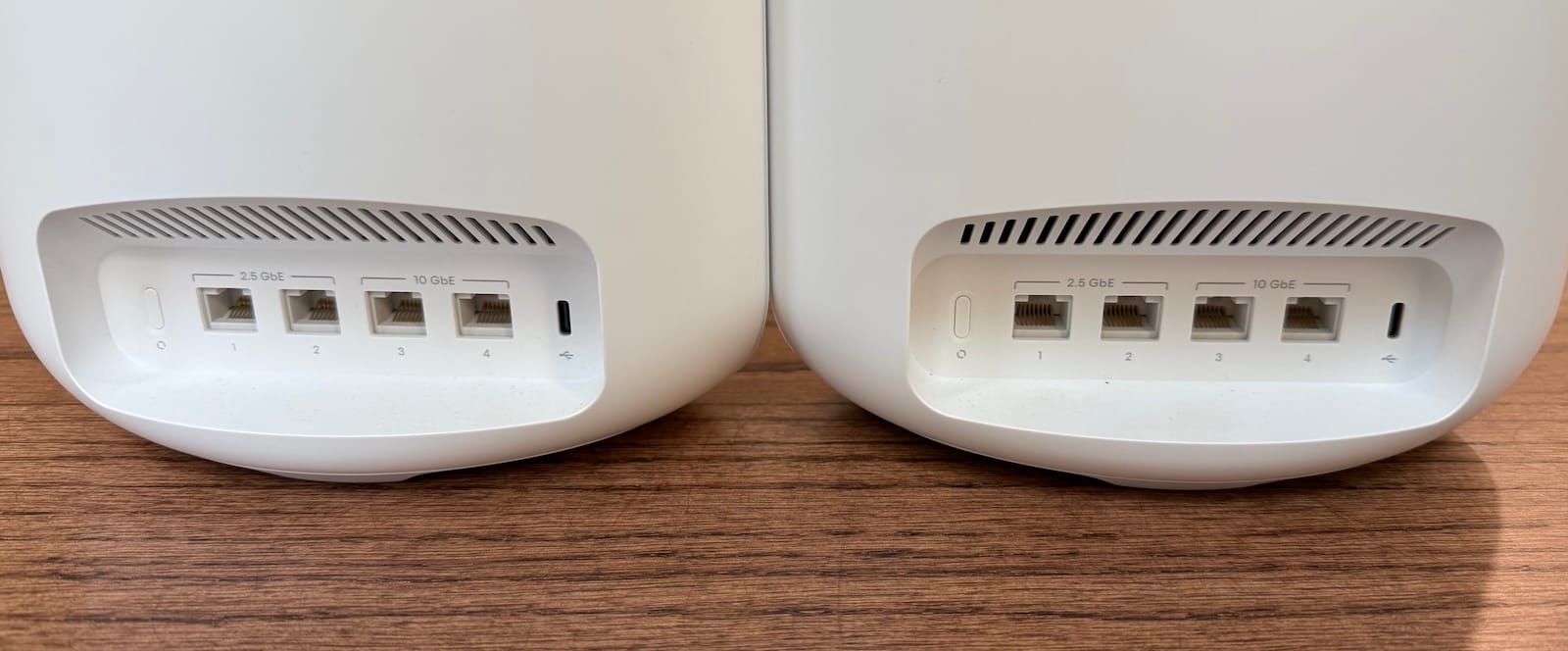
The Eero Max 7 is similar in shape to an Orbi device with a glossy finish instead of matte. The extra ports are awesome, though: two auto-sensing 10 Gigabit Ethernet ports and two auto-sensing 2.5 Gigabit Ethernet ports per node. Meanwhile, the smaller Eero 6+ units can be hidden easily without taking up much room, but you only get two Ethernet ports per node.
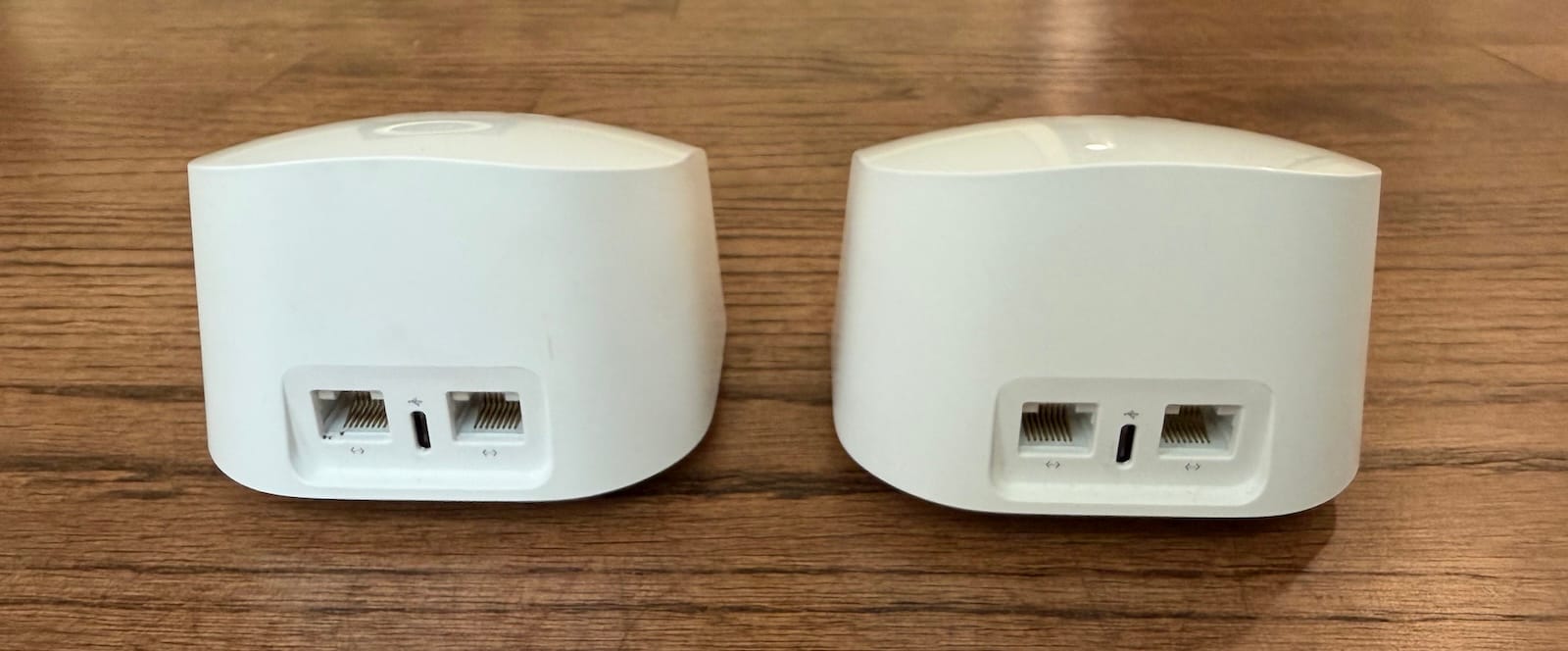
Most people are probably saying, who cares what the router looks like, I want the fastest WiFi possible, which is a fair stance, but for someone already on the fence, the Max 7's design was another negative aspect for me, on top of the price.
Who Should Consider the Eero Max 7?
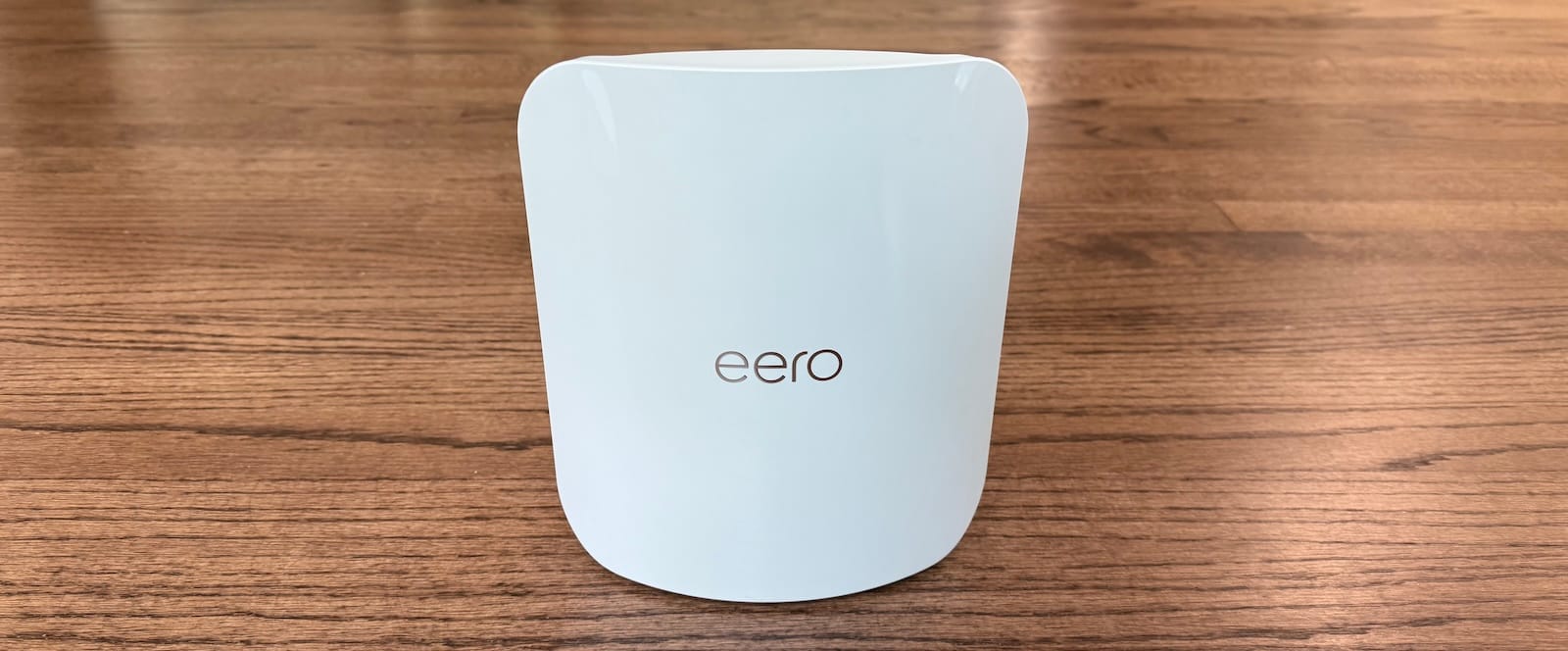
Even if we ignore the WiFi 7 aspect of the Eero Max 7, there are still plenty of benefits over dual-band WiFi 6 systems. The Max 7's third band, better CPU, and more memory can help with throughput during heavy load times, node-to-node communication, and more simultaneous connections. Eero claims the Max 7 can handle up to 200 devices simultaneously and a two-node setup can cover 5,000 square feet. In contrast, the Eero 6+ system is rated for 70 simultaneous devices.
So if you’ve got a multi-gig plan from your ISP, lots of simultaneous devices and cash to burn, you’ll see a significant improvement over with the Max 7 over the 6+.
But I’d bet 90% of households wouldn’t notice a difference between a Eero Max 7 and a 6+ network on a day-to-day basis. While the Max 7 is WiFi 7 compatible, meaning it can theoretically handle up to 4.3 Gbps wirelessly, most devices don’t yet utilize the 6 GHz band yet. Plus, the average internet speed in the U.S. is just 200 Mbps, with the fastest in my town at 1 Gbps.
If you have a gigabit plan and with a lot more devices than I have, and you’re scared off from the huge Max 7 price tag, the older Eero Pro 6 makes a ton of sense. It has a 4x4 radio 5Ghz band (like the Max 7) and it’s a much better bet than the Pro 6E in today’s environment. The problem is that they’re hard to find new, but if you’re comfortable with a refurbished product, Amazon has the Eero Pro 6 for $130, which is a great deal.
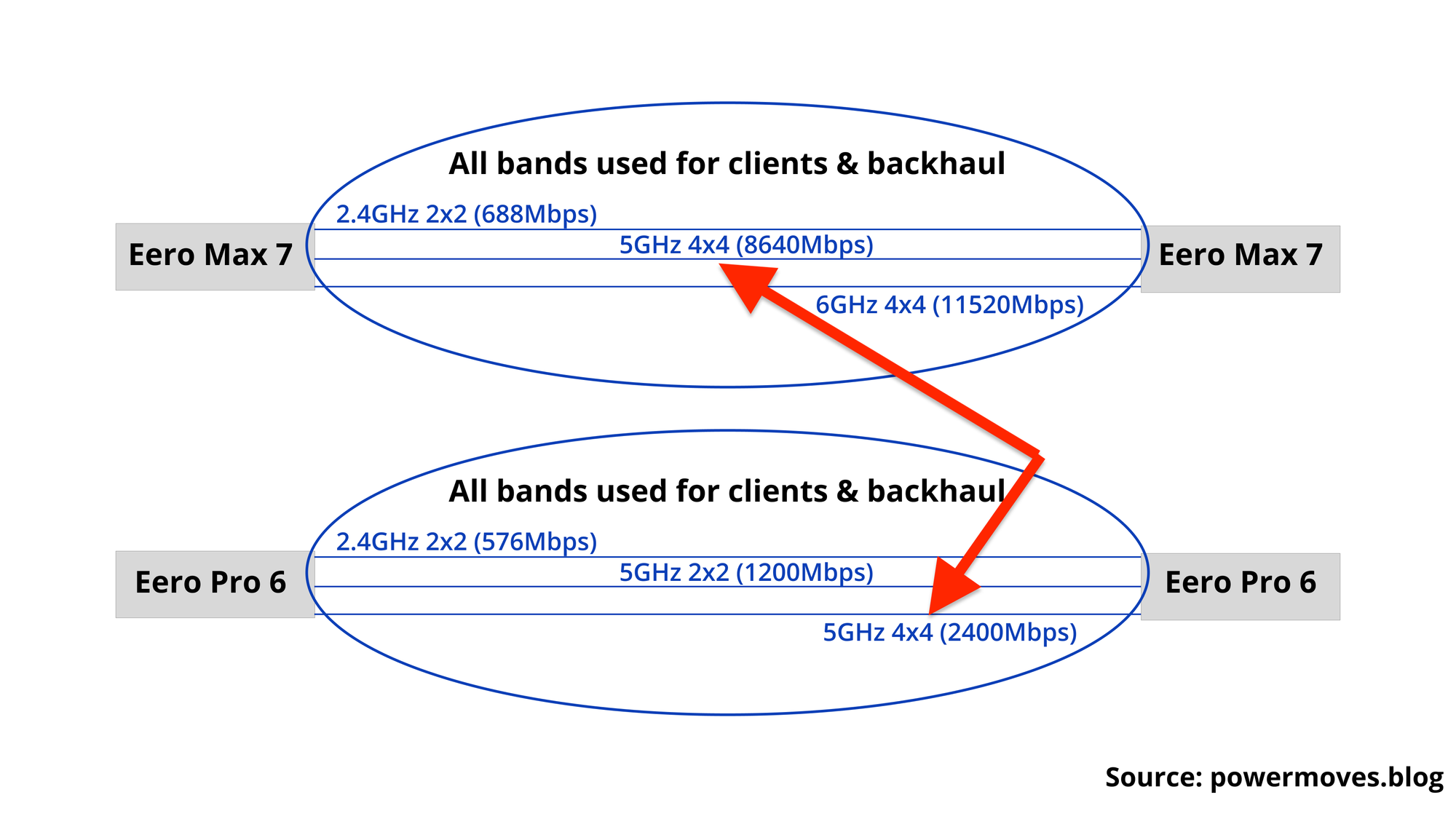
To sum things up, I’m not saying the Eero Max 7 is a bad system—far from it. It’s just not the right value for my house. Buf if you have a multi-gigabit internet plan available, and you want to maximize your speeds, the Eero Max 7 should be a huge upgrade over the Eero 6+. But for most homes in 2024, the Eero 6+ should be more than enough.

